Thick as paste and spattered with leaves and pebbles, the cool mud encircling the waterhole was heavenly for Marco. He wriggled around, caking it into his fur, and then eased into the water. It gets upwards of 100 degrees Fahrenheit in the Peruvian dry forest, and this is the only place to escape the heat. Shaded by a small cluster of fig trees, this waterhole is everything to the dry forest spectacled bears: a place to hydrate, find food, cool off, play, and communicate with other bears. Spectacled Bear Conservation (SBC) is currently focused on protecting this vital bear habitat, even going a step further by enhancing the land through creating additional waterholes. This will bring food and water to an area severely lacking in both, and could be a key to helping this endangered population not just survive, but grow.
As bears move around the waterhole, glands in their paws leave behind a scent. With no rain to wash it away, this marker stays for weeks. The scent of a male bear, like Marco, is a dangerous signal to females with cubs. A male could easily hurt a cub that isn’t his own, so this scent keeps bears with cubs away. However, if females with cubs can’t access the waterhole, they have to travel farther to find food and water, or go long periods without either. There are only six waterholes available year-round across their 150 sq. mile habitat, so options are limited. In an environment where starvation is a real possibility and water is precious, limited access to waterholes for mothers and cubs affects the survival rate of the population.
SBC has identified private land purchase as their top priority for saving the unique dry forest bear population. The dry forest offers limited food sources, which are difficult for bears to access due to expanding agriculture. Additionally, to increase their genetic diversity and improve their overall health, bears need more space to connect with and breed with other bear populations. SBC’s strategy is to purchase land in order to protect it, keeping food accessible and connecting fragmented habitat. With private owners looking to sell, SBC is undergoing a campaign to purchase more land, after which they plan to construct several new waterholes to further improve the bears’ ability to survive.
Creating waterholes is a fairly simple and affordable process that would give bears more options, allowing females with cubs to avoid confrontation with males. By also planting multiple fig trees at the waterholes, which naturally occur in this forest and fruit year-round, the bears also gain a consistent food source. Moreover, these waterholes would be a valuable resource for other wildlife, like pumas, foxes, and many other species.
SBC is currently creating a new waterhole on land they recently purchased and after procuring more land, they plan to build three or four more. These waterholes will create a true oasis for spectacled bears and all wildlife in the dry forest.
Support Spectacled Bear Conservation
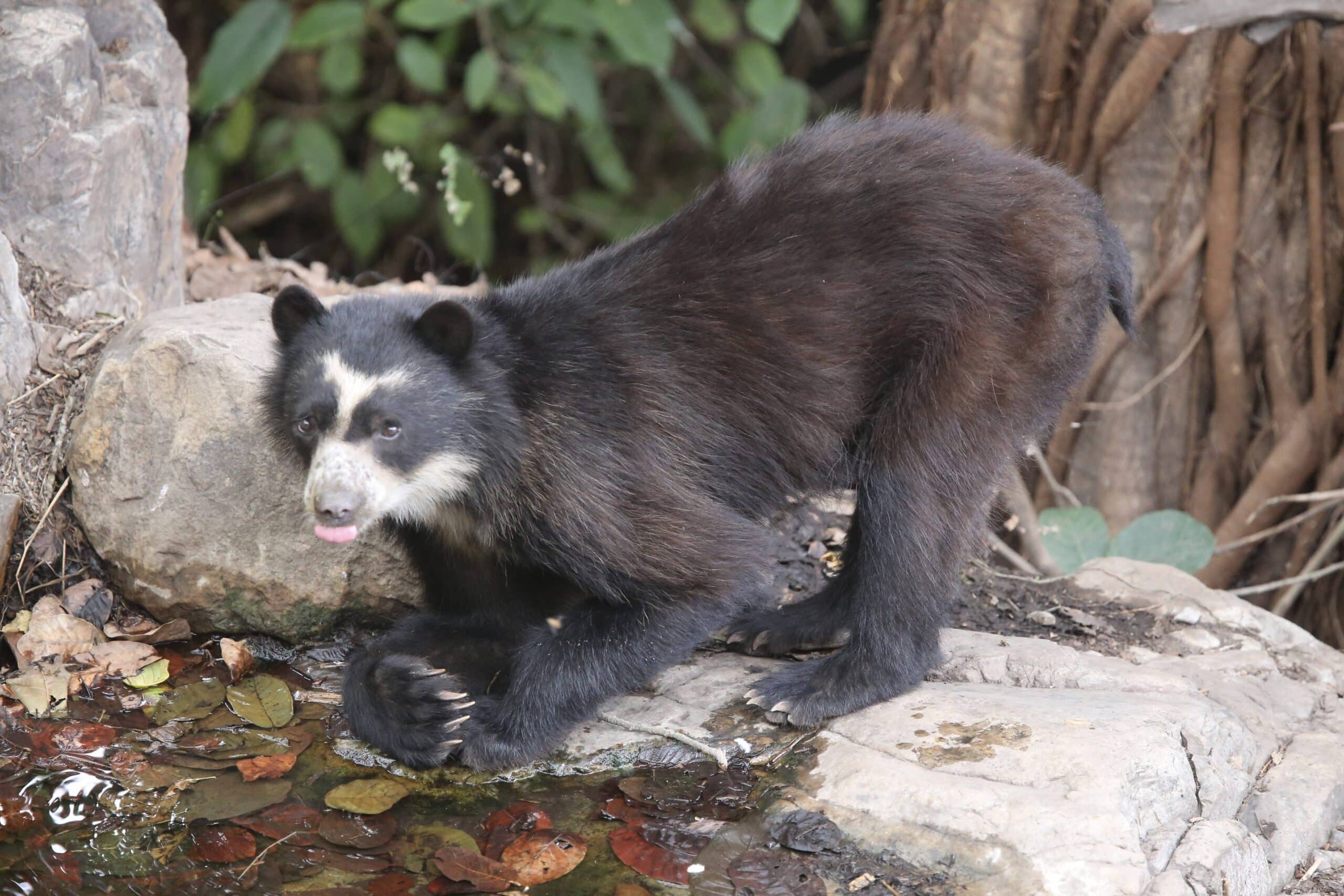
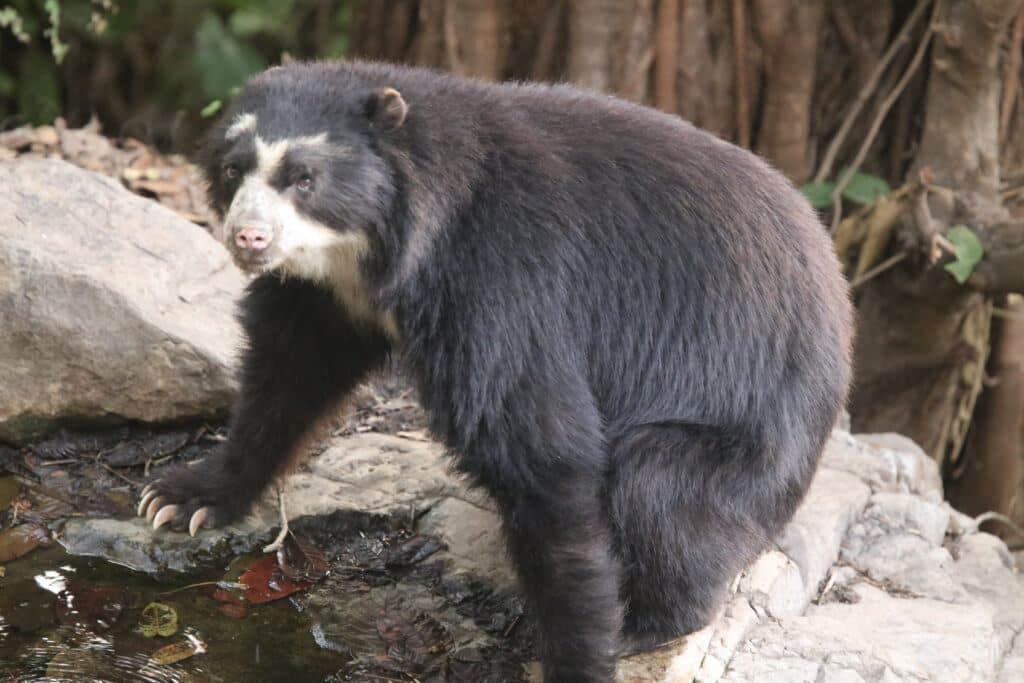
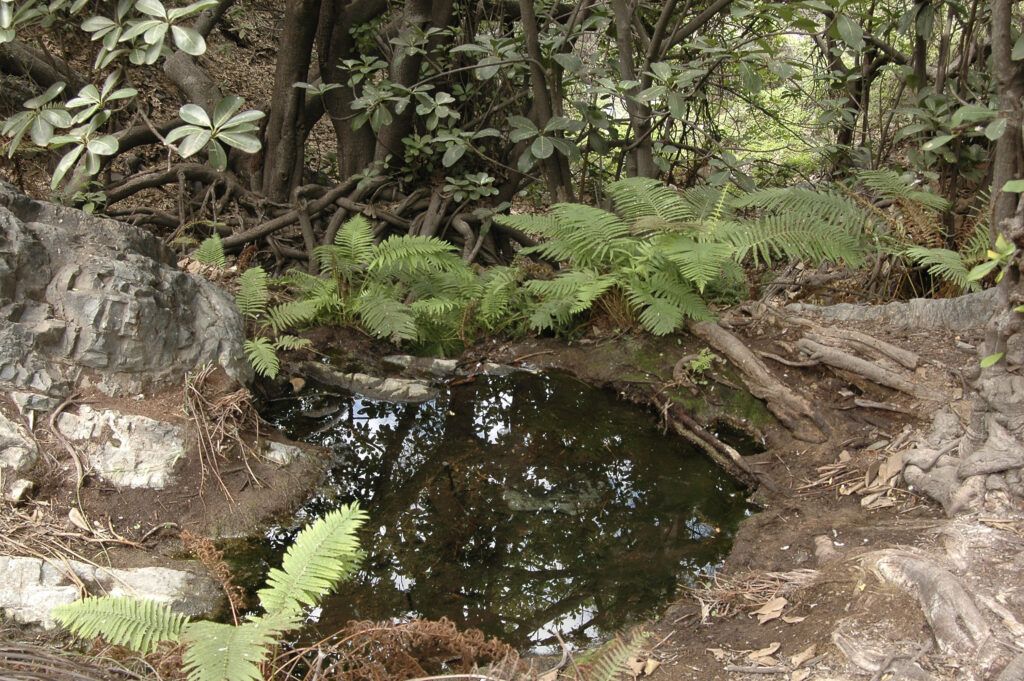
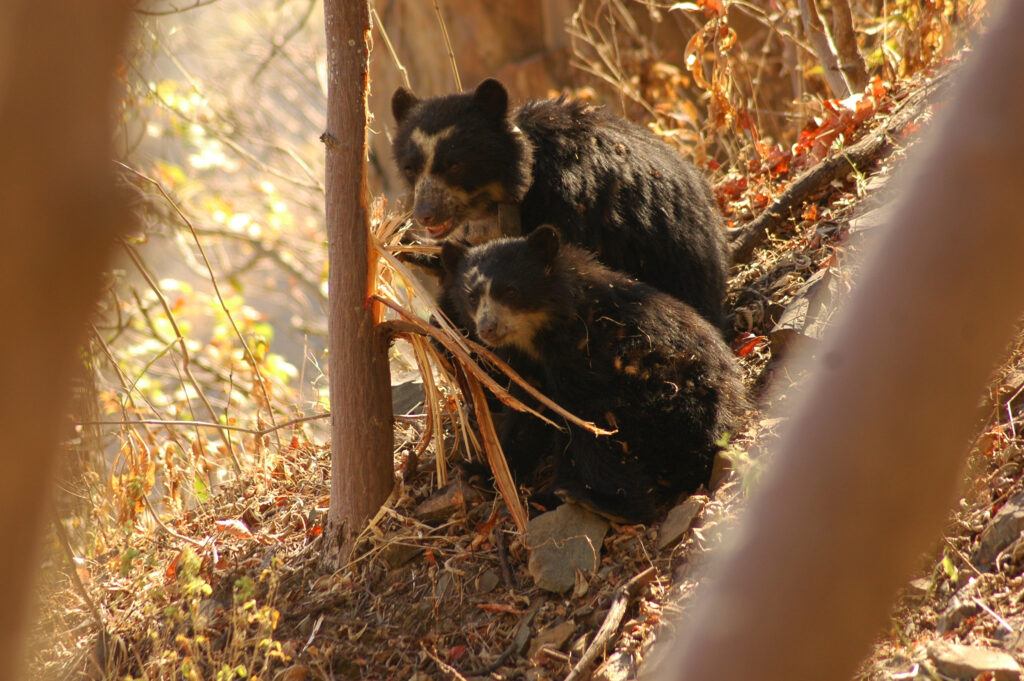
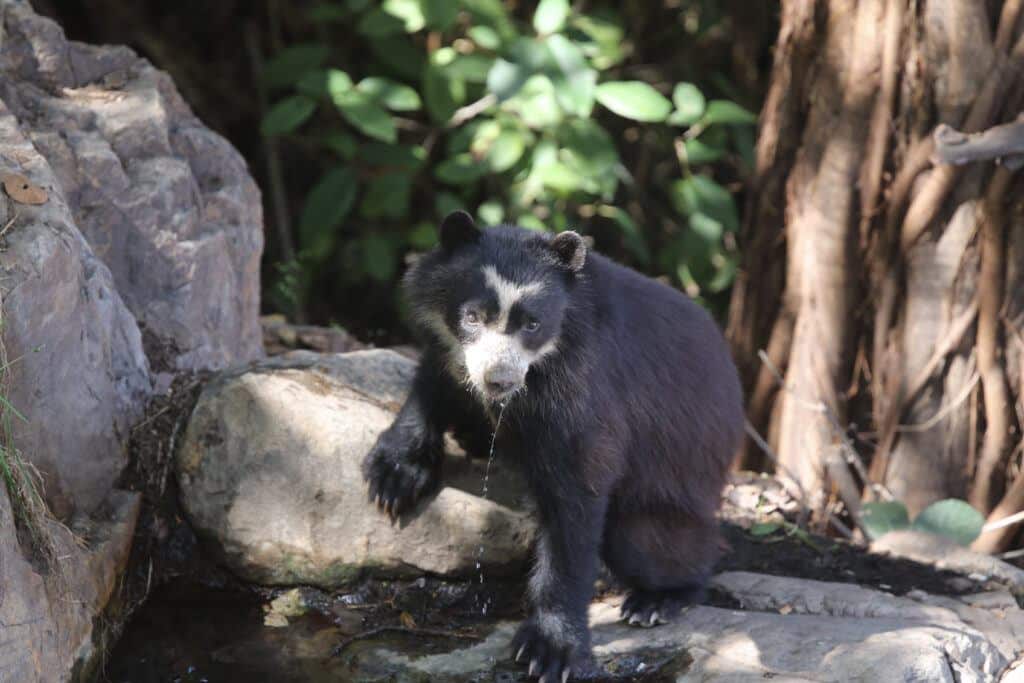
2 Comments